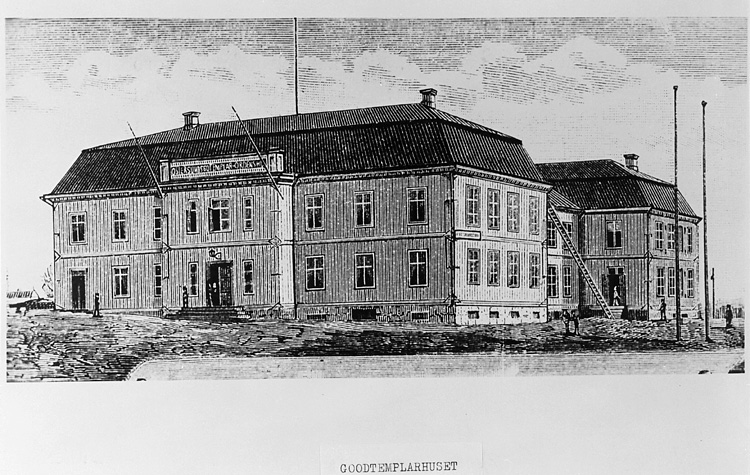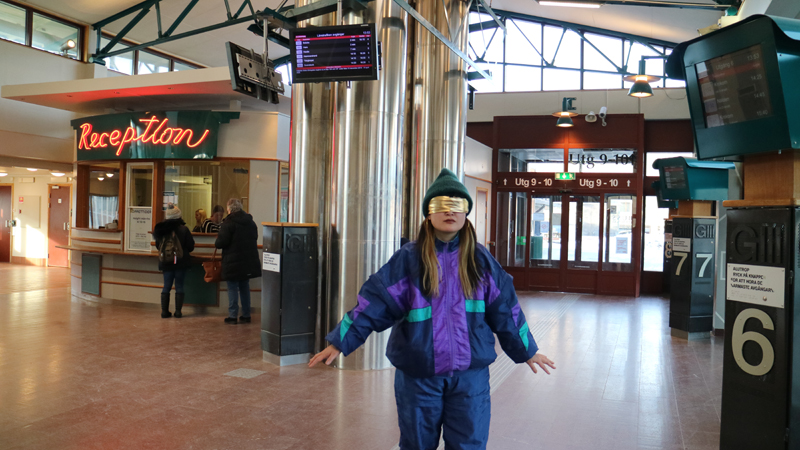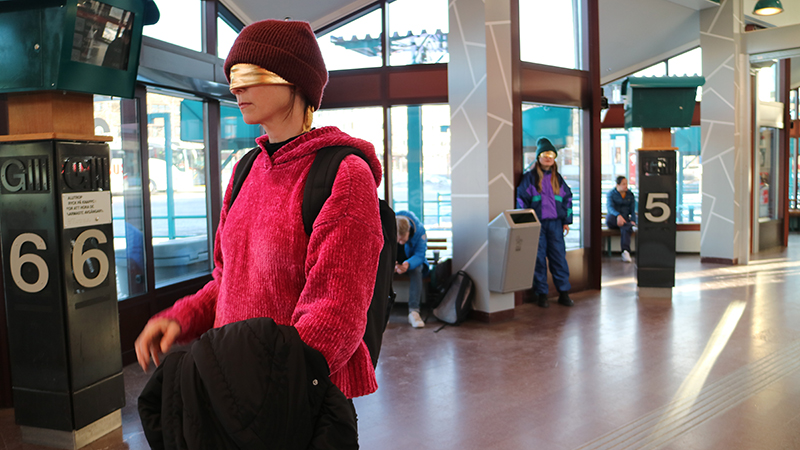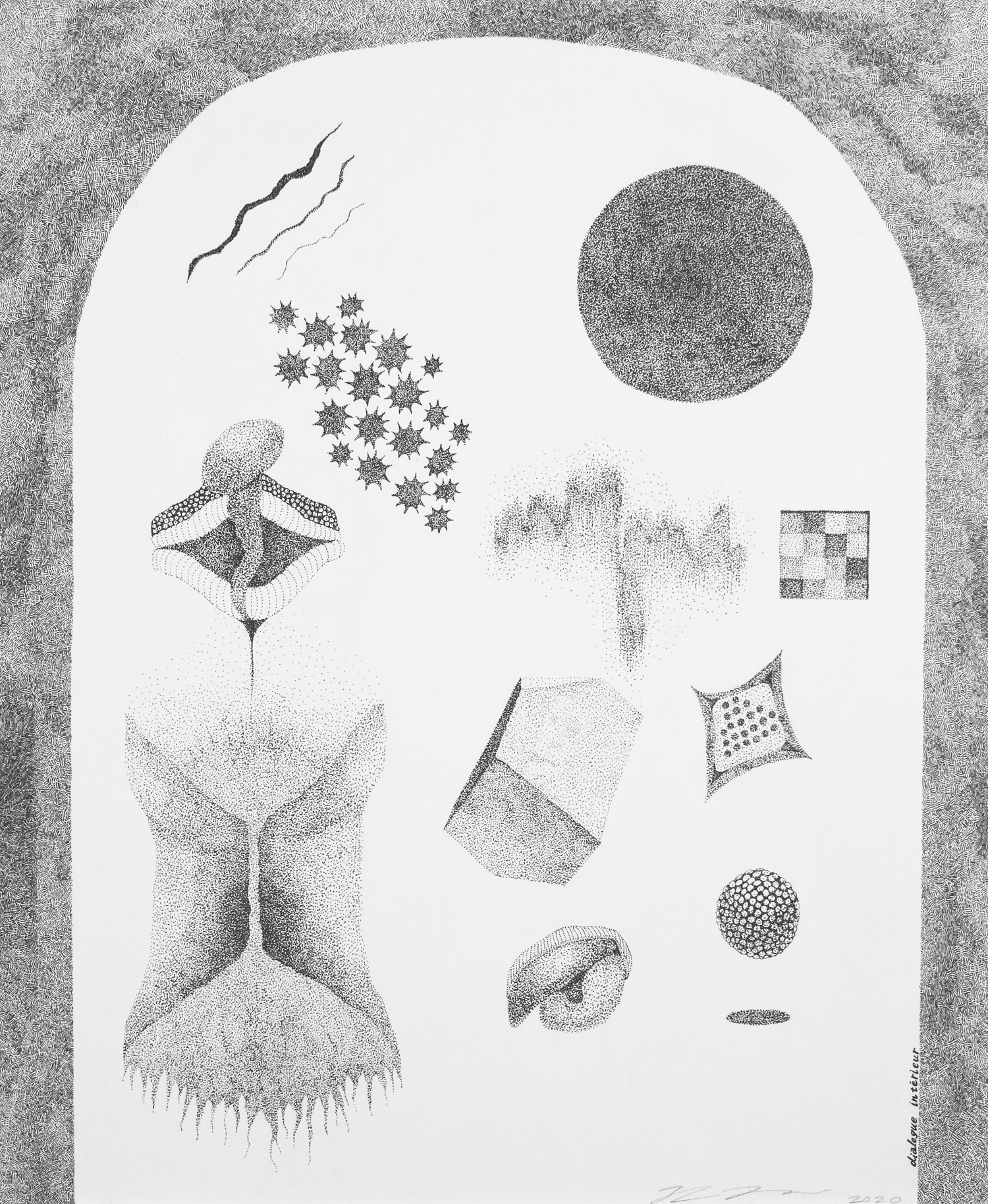Hiroko Tsuchimoto
Best Western Hotel Gamla Teatern, 18 October 2020
Gamla Busstorget (2020)
Östersundrummet is a physical and digital platform facilitated by Östersund Municipality and Diös Fastigheter AB, a Swedish property management company. The platform has aimed to perform the principle of public participation by informing local residents of their plans and processes of development. Their goal is to make Östersund “an attractive, splendid, and vivid city” responding to “new habits and behaviors” of the residents. Their current project is “Nya Gustav III torg”, to reconstruct a square where the current bus station is situated. During winter/spring 2020, they hosted several talks about urban development with project managers, city planners, and developers. They also collected survey responses “Tyck till!” about local travel circumstances and future activities of the square at their small booth in a nearby alleyway and on their website. The current Östersundsrummet is completely digital.
Destruction is done in the name of progress, a concept that today still holds the status of a supreme authority, sparing people the responsibility for their destructive actions and making them believe that their actions were guided by an authority higher than human interests. - Ariella Aïsha Azoulay, Potential History – Unlearning Imperialism (2019): 39
(to clear your mind) (2020)
This project aims to create a connection between the past, present, and future, as well as two important local places: The Old Theater in Östersund (currently Best Western Hotel Gamla Teatern) and Östersund bus station. The Old Theater was previously employed as a house of order that was associated with the sobriety movement during the 19th century. The current bus station will be torn down and relocated to a new place as a part of the development of the city center. The artist is going to send a message to Best Western Hotel Gamla Teatern to request to borrow their trash can and install it at the bus station. If she can borrow it, she will take full responsibility to guard the trash can the whole day.
Pencil on cardboard. 200 x 150 mm
Notes on 19 August:
Notion of Spatial Order / Public trash cans are usually attached or mounted to architectural surfaces, as a part of the construction, not meant to be mobile.
Ecology of Recycling / On account of Pant - the deposit system on the bottles and cans in Sweden, patrons were constantly checking in public trash cans in the bus station, rescuing most aluminum cans and PET bottles and delivering them to the recycling system.
New Choreography / People have been more aware of maintaining good hand hygiene due to the Covid-19 pandemic. An elderly woman appreciated the trash can with a foot pedal.
Strange Intimacy / I was offered free chocolate and a cup of coffee and random strangers were concerned if I had somewhere to stay. I was also asked about my background and dirty questions.
Invisible Territory / The spot I was sitting in might be popular. Some individuals were obviously annoyed with me for occupying the bench.

Gamla Teatern was built as a house of order in 1882 with high passion and ambitions from local residents. They gathered for the construction after work. The finance was managed by collecting money from donated items, school bazaar, and auctions. A group of women also donated their handmade items through a sewing organization. People got attracted to participate in sobriety organizations because of their curiosity for new ideas and secret rituals, opportunities for social gatherings, and cultural activities. They constantly exchanged ideas for better uses of this space for benefiting local communities. Their strong motivations and devotions are prominent in their sobriety banners which were beautifully hand-sewn and/or painted on exquisite fabrics. They often used Viking motives which were commonly considered as a national romantic symbol at that time. Gamla Teatern has been located across from Gustav III torg (previously Nytorget) and turned into a hotel in 1992.
Courtesy Jamtli Archives
The Loss of a Place (2020)
This is a suggestion to reconsider the process of disorientation as a methodology to imagine another way of being and associating with people and places. It facilitates getting lost in our familiar places by losing our sense of direction, with a simple blindfold, either in public space or even at home. During the process, we get attuned to being in a place following sound, scent, texture, and temperature. By feeling the space in relation to the side of our body or the degree of familiarity, we become aware of the intentionality of our consciousness and the basis of orientations in the places, as well as in society.
In addition, the process grants us the opportunity to be different, unfamiliar, and unexpected, being relieved from performing “normal”, acting like someone else. It allows us to break rules of distance, unfollow existing lines, and across territories. We also acknowledge the majority of angles in the spaces we live in through touching surfaces and objects. Roland Barthe indicated in How to Live Together that rectangular shapes can be interpreted as the preeminent sign of civilization and the basic shape of power. The horizontal surface is generally intended for writing, as Sarah Armed pointed out in Queer Phenomenology, which can be recognized in the culturally oriented objects where the knowledge mostly comes from, such as writing table and paper. These objects historically belong to privileged people and spaces—the room of one's own. Accordingly, we can pose a question: Can we redirect our energy and attention to find new paths and produce an alternative system and knowledge as resistance towards authority, for example, by bringing subversions of the rectangle in public spaces or working on the soft-horizontal surface, like on sofa or bed?
When we remove the blindfold, we might be able to encounter the world differently and to perceive openness to the future. It might take a while to fully adapt to the change in light, to reorient ourselves, but we at least “try” to walk in the light with our heads held high—in our own way.


Östersund bus station, 11 February 2020 / Participant: Malin Ståhl
a daily practice of blindfolded drawing on soft-horizontal surfaces for an hour duration / 13 April - 19 September 2020
Östersund bus station, 16:05-17:05, 26 September 2020 / KONSTENS VECKA / Photo credit: Anita Wernström
Östersund bus station, 14:00-14:30, 17 October 2020 / MITT BUSSTORG / Photo credit: Sara Norling
Uninterrupted Dialogue (2020)
This project is associated with the presence of melancholy in the transformation of public spaces. Problematizing the process of displacement, sanitization, and privatization of public spaces, Tsuchimoto creates a performative farewell to the disappearing places with the production of drawing and video.
“Uninterrupted Dialogue” unfolds the historical notion of Melancholy and explores an alternative way to respond to loss and relations with others, places, and society. Tsuchimoto’s starting point for the project (and the title) comes from Rams: Uninterrupted Dialogue – Between Two Infinities, the Poem, an essay written by Jacques Derrida in 2004. He describes the experience of Melancholy as a sign of starting “interior dialogue” with the other, in order to understand and “carry the world of the other”. He criticizes Freud who had a negative perspective of the pathology of the melancholic state and insists instead on the necessity of Melancholy in order to be faithful to loss and grief with introjection and remembrance. Derrida’s portrait of Melancholy addresses the very essence of otherness and provokes our imagination of a new possible future to relate to others and other entities.
Tsuchimoto researches his texts as well as traces the history of Melancholy/Melancholia in philosophy and psychoanalysis and representation in literature and visual culture through a feminist perspective: by identifying the cultural phenomenon among Western intellectual elites that considered the state of Melancholia as the condition of male genius. She applies the concept of Melancholy to the phenomenon of displacements in global contemporary society, such as the removal from/of places in the context of migration, gentrification, and environmental degradation, considering displacement as one of the significant narratives of loss. Finally, she highlights the embrace of Melancholy as a method to imagine new social bonds and collective futures as well as to crack the existing order by featuring the state of unprofitability and unproductivity in the process of Melancholy.

Ink on cardboard. 545 x 455 mm
Single-channel HD video installation with voice over, 15.41 min
Direction/Script/Editing: Hiroko Tsuchimoto
Cast: Hiroko Tsuchimoto
Narration: Daniel Konar
Camera: Samantha Louise Michel
Sound design: Alexandra Nilsson
Translation: Marie Gavois
Dedicated to Östersund bus station
Östersund bus station, 11:30, 13:30, 15:00, 17 October 2020 / MITT BUSSTORG / Photo credit: Malin Ståhl
Melankoli (lördag) / Aejvere (laavvadahke) / Melancholy (Saturday)(2019)
Östersund bus station > Lillsjöhögen > Östersund bus station, 9:00-11:00, 21 September 2019 / VÅLDET EKOLOGI - RANTAN EKOLOGIJE - ECOLOGY OF VIOLENCE / Photo credit: Sara Norling
Hiroko Tsuchimoto is a Japanese-born, Stockholm-based artist. She began her career at Musashino Art University in Tokyo and went on to study at Konstfack, Royal Institute of Art in Stockholm, and St Lucas School of Arts Antwerp. Over the past ten years, she has been producing performances with audience participation both on stage and in public spaces, yet her interest is currently shifting from front-stage to rehearsals and behind-the-scenes, from egology to ecology, from production-oriented to research-based, and from watering houseplants to touching soil.
<